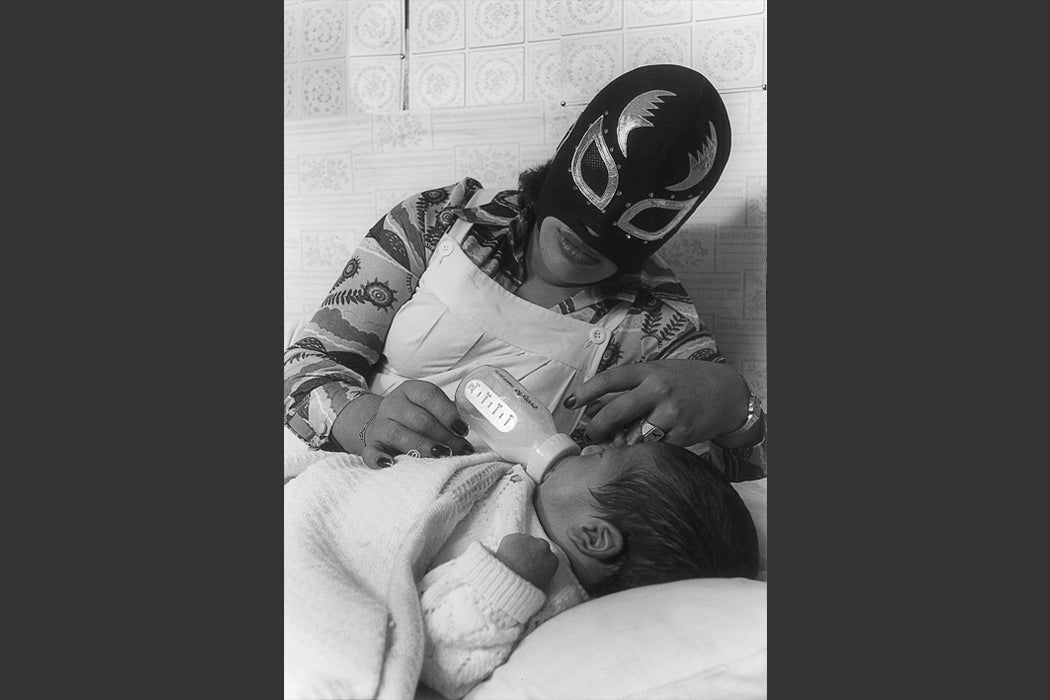The Hammer Museum’s new exhibit Radical Women: Latin American Art, 1960-1985 is part of the Getty’s Pacific Standard Time LA/LA initiative, promising a fall full of exhibitions and happenings examining “Latin American and Latino art in dialogue with Los Angeles.”
Recently the Los Angeles Times focused on a handful of these radical women included in the Hammer’s show, focusing specifically on those from Mexico. In 2007, Edward J. McCaughan wrote about many of these artists, exploring the social justice and art activism component central to their work in his article “Navigating the Labyrinth of Silence: Feminist Artists in Mexico.”
McCaughan describes how these feminist artists practicing in Mexico in the 1970s “ran into structural, aesthetic, and behavioral obstacles to full creative expression, participation, and recognition.” He also pinpoints “the mechanisms and practices through which women artists are silenced, excluded, and marginalized.”
Through his analysis, McCaughan presents such radical women as Mónica Mayer, Carla Rippey, and Lourdes Grobet. Mónica Mayer is something of a triple threat: “a graphic artist and curator and archivist of women’s art.” Working with long-time collaborator Maris Bustamante, Mayer cofounded Polvo de Gallina Negra (Black Hen’s Powder), Mexico’s first feminist art collective, or “grupo.” McCaughan explains how these grupos, or politically-oriented collectives, were central to the feminist and social movements rising up in Mexico, during the 1960s and ‘70s.
Carla Rippey is a graphic artist and painter whose work often focused on “the body and sexuality.” She also was an active member of a grupo called “Peyote y la Compañía.” Then there is Lourdes Grobet, a “renowned photographer,” whose work catalogues female Zapotec leaders as well as popular lucha libre (Mexican professional wrestling) figures.
In 2010 Esther Gabara wrote more extensively about lucha libre and the associated “naco” fan culture and cult of followers, specifically analyzing Grobet’s photographs. Gabara notes that Grobet “has meditated for decades on the intersection of aesthetics, race, and politics in the luchas, and her photographs of audiences, arenas, and wrestlers continued an interest in urban popular culture.”
Grobet herself points out that what made her photographs so unique at the time was that she actively resisted capturing “folkloric images of misery.” These stereotypical images often presented a “photographic tradition of representing indigenous people to middle- and upper-class” audiences. As Gabara writes, Grobet rejected this tradition and “such images, in which indigenous peoples appear to exist beyond history, before time, and outside of modern cities. Instead she captured the powerful role of non-Western knowledge in contemporary urban Mexican culture.”
Grobet presented portraits of real people, wrestlers, and iconic Mexican figures, shown in the heart of their city, as they wished to be presented. As Gabara puts it, Lourdes Grobet’s photographs “transforms the medium [of photography] into a social practice as much as a visual form.”







